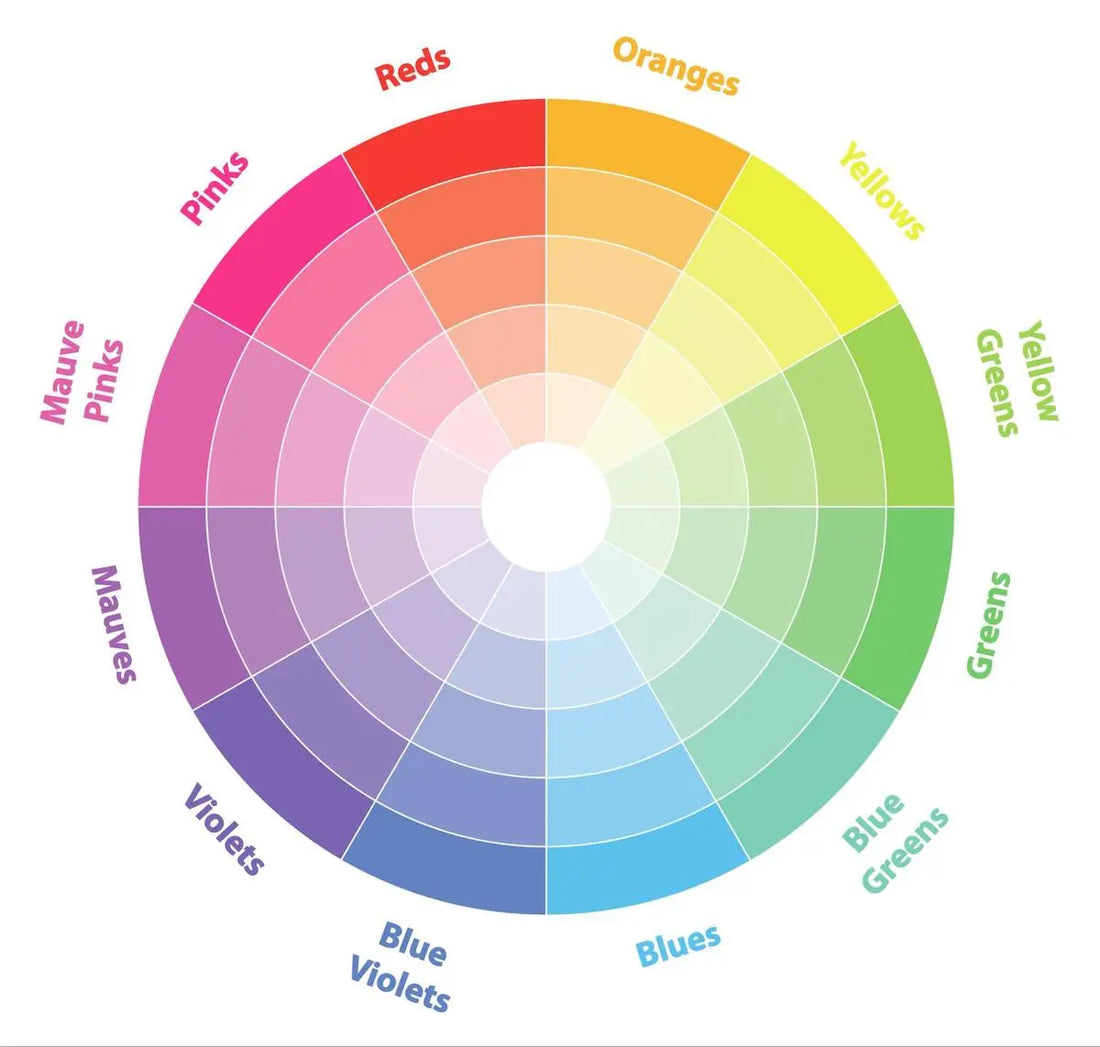Colour has the remarkable ability to influence our emotions, perceptions, and behaviours. Whether we realise it or not, the colours we surround ourselves with have a profound impact on our mood and atmosphere. So we're going to delve into the fascinating world of colour psychology and explore how choosing the right paints can transform your space and enhance your well-being.
Understanding Colour Psychology: Colour psychology is the study of how colours affect human emotions and behaviours. Different colours evoke different emotional responses, which can vary depending on cultural, personal, and situational factors. By understanding the psychological effects of colour, we can harness its power to create spaces that promote positivity, productivity, relaxation, and overall well-being.
Creating the Right Atmosphere: When choosing paints for your home or workspace, it's essential to consider the atmosphere you want to create. Are you looking to foster a sense of calm and tranquility, or do you want to energize and invigorate the space? By selecting the appropriate colors, you can set the tone for your environment and enhance its overall ambiance.
Cool Colours for Calmness: Cool colours such as blue, green, and lavender are known for their calming and soothing effects. Blue, in particular, is often associated with tranquility, serenity, and clarity. Green symbolizes nature, growth, and balance, while lavender promotes relaxation and mindfulness. Incorporating cool colours into your space can create a sense of peace and harmony, making it ideal for bedrooms, meditation areas, and relaxation zones.
Warm Colours for Energy: Warm colours such as red, orange, and yellow are known for their stimulating and energising effects. Red is associated with passion, excitement, and intensity, while orange radiates warmth, enthusiasm, and creativity. Yellow evokes feelings of happiness, optimism, and vitality. Using warm colours in social areas such as living rooms, dining rooms, and kitchens can promote energy, sociability, and conversation.
Neutral Colours for Versatility: Neutral colours such as white, beige, and grey provide a versatile backdrop that complements any colour scheme or decor style. White symbolizes purity, simplicity, and clarity, making it an excellent choice for creating a sense of openness and spaciousness. Beige exudes warmth, comfort, and timelessness, while gray conveys sophistication, elegance, and balance. Neutral colours serve as a blank canvas, allowing you to accentuate other elements in your space and adapt to changing preferences over time.
Personalising Your Palette: While colour psychology provides valuable insights into the emotional effects of different hues, it's essential to remember that personal preference plays a significant role in colour selection. Ultimately, the best colour scheme is one that resonates with you and reflects your unique personality, taste, and lifestyle. Experiment with different colours, shades, and combinations until you find the perfect palette that enhances your mood and atmosphere.
Conclusion: The psychology of colour offers a powerful tool for transforming your space and enhancing your well-being. By choosing paints that evoke the desired emotions and atmosphere, you can create environments that promote relaxation, productivity, creativity, and happiness. Whether you prefer cool, calming hues or warm, energising tones, selecting the right colours can make a world of difference in how you feel and experience your surroundings. So go ahead, unleash the power of colour, and create a space that truly speaks to your soul.

